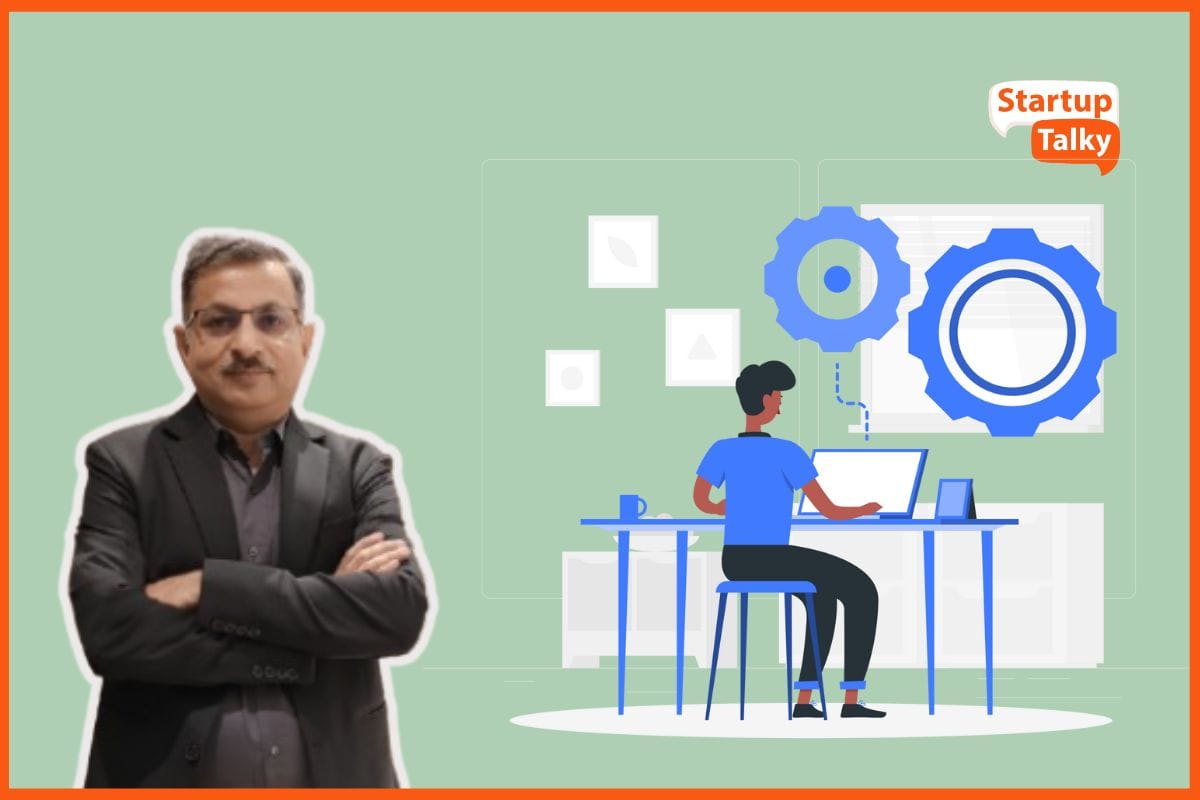This article has been contributed by Amruta Kharnal, Senior Manager – People & Culture at Beyond Key.
In the modern workplace, independence goes beyond adaptable timetables and remote work policies. It is about empowering people to give their all to their employment, make important contributions, and connect what they do with a shared sense of purpose. People & Culture (P&C) teams, which have evolved beyond conventional Human Resources, have the opportunity to redefine this freedom by fostering environments that emphasize autonomy, inclusivity, and meaning. This article investigates innovative, effective solutions for P&C teams to promote these principles, providing new insights into creating workplaces where employees not only succeed but flourish.

Autonomy: Giving Choice in Structure
Autonomy is often mistaken with unbridled freedom, which brings about instability and misalignment. Instead, autonomy allows one to have options in an established framework that balances accountability and adaptability. P&C teams can facilitate this through the promotion of the idea of “bounded autonomy,” where individuals are free to make decisions within established parameters, for instance, deadlines or objectives. To effectively implement bounded autonomy, P&C teams can:
Set Clear Expectations
Define measurable objectives so that employees understand the “what” while having control over the “how.” For example, a marketing team may be entrusted with growing brand engagement by 10% yet given freedom to develop campaign techniques.

Offer Skill Development Tools
Offer workers access to digital learning platforms, mentorship schemes, and cross-functional training to enable them to make independent decisions. This increases confidence and capability, so independence is not overwhelming.
Create Feedback Loops
Consistently gather worker feedback using surveys or individual check-ins to enhance autonomy designs, resolving problems like blurry boundaries or a lack of support.
Inclusion: Creating a Feeling of Belonging through Day-to-Day Behaviour
The objective of inclusion is to create a setting in which every person is heard, respected, and welcomed, and not merely to recruit diverse people or follow diversity policies. Although they are required, diversity policies alone cannot ensure inclusion.
“Micro-inclusions”—small, deliberate behaviors that signal active engagement in regular interactions—are an effective but underleveraged tactic. Examples include having meetings to offer space for quieter voices to be heard, recognizing cultural or personal milestones in team communications, and using inclusive language in announcements to the whole company. In a 2024 Deloitte survey, firms that prioritize micro-inclusions have a 25% greater rate of employee-reported belonging than those who only prioritize diversity hiring.
P&C employees can promote inclusion by:
Amplifying Underrepresented Voices
Creating forums, such as employee resource groups (ERGs) or anonymous feedback mechanisms, to provide diverse perspectives with a voice. For example, an ERG for neurodiverse employees may offer insights into workplace accommodations.
Training in Empathy and Cultural Competency
To assist teams in working respectfully across differences, conduct training in active listening, self-bias, and cross-cultural communication. All these are important in hybrid or multinational settings where misunderstandings can easily occur.
Personalizing Recognition
Shift away from generic recognition to honor contributions in ways that speak to people’s different backgrounds. A public shout-out may be meaningful to some employees, while others will appreciate a private message or a culturally contextualized gesture. Inclusion is an ongoing process, not a project. Micro-inclusions can help P&C teams build a work environment where employees feel comfortable offering their ideas, driving greater innovation, collaboration, and retention.

Purpose: Connecting Individual and Organizational Missions
Purpose is the foundation of meaningful labour. No matter if it’s furthering the mission of their business or alleviating a social cause, employees need to feel that what they’re doing is making an impact. P&C departments play a key role in closing the gap between individual aspirations and organizational goals, forming a sense of purpose that sparks commitment and enthusiasm.
A new method is “purpose mapping,” a process in which P&C teams assist employees in aligning their own values with their roles. For example, a customer service person who values community may be encouraged to view their work as one of creating trust with clients and boosting the organization’s market reputation.
To establish purpose, P&C teams can:
Host Purpose Workshops
Organize workshops where staff members can reflect on their values and discover how their positions align with the organization’s objectives. To help participants make their goals more concrete, these seminars may incorporate guided activities like writing or creating vision boards.
Tell Meaningful Stories
Emphasize actual instances of how individual efforts benefit companies in their endeavours, such as internal newsletters, team gatherings, or town halls for the entire organization. Giving abstract goals a concrete form could be facilitated, for example, by providing examples of how a product enhancement improved the lives of customers.

Integrate Purpose Into Onboarding
Explain the company’s mission to new hires in a way that motivates them to connect their own goals to the bigger picture. Peer mentors or senior executives may share their own experiences that are driven by a sense of purpose.
Overcoming Obstacles to Freedom
Redefining freedom at work presents problems such as opposition to change, resource limits, and cultural inertia. To maintain success, P&C teams must anticipate and overcome these impediments ahead of time.
Autonomy Resistance
Some supervisors are worried about retaining control as employees enjoy more flexibility. To deal with this, P&C teams may teach leaders in trust-based administration, give data on the benefits of freedom, and carry out small-scale autonomy initiatives to demonstrate success.
Inclusion Fatigue
Employees may feel overwhelmed by ongoing diversity measures, particularly if they appear performative. P&C teams can address this by concentrating on genuine, low-effort micro-inclusions that blend in with daily work, such as inclusive meeting rules.
Purpose Misalignment
In fast-paced organizations, purpose may appear abstract or divorced from daily tasks. P&C teams should anchor their purpose in concrete instances, such as connecting a sales effort to its impact on customer outcomes or community progress.
Leveraging Technology to Increase Freedom
Technology can support P&C efforts to promote workplace independence, but it must be utilized carefully to prevent depersonalising the employee experience. Employee engagement platforms can aid with micro-inclusions by enabling real-time recognition and cross-functional collaboration. Driven by AI feedback systems, it may assess employee sentiment to identify gaps in belonging or purpose, helping P&C teams to act rapidly. However, over-dependence on technology could end up creating an ineffective workplace. P&C teams should prioritize tools that improve human connection, such as virtual collaboration spaces that foster genuine connections. Using technology as a catalyst rather than a crutch allows P&C teams to scale their efforts to encourage freedom while maintaining a personal touch.
In conclusion, in order to redefine workplace freedom, P&C teams must change from serving as administrative gatekeepers to creating strategic cultures. They may create work environments where employees feel valued, empowered, and a part of a larger cause by promoting independence, diversity, and purpose. This is about creating an environment where people can thrive as who they really are, not only about increasing engagement or retention.
To begin, P&C leaders should assess their existing procedures. Are employees able to make decisions? Does everyone believe they have been heard? Is the organization’s mission defined and meaningful? Actionable efforts can then be implemented to promote revolutionary change, such as limiting autonomy, increasing micro-inclusions, or implementing purpose mapping.

